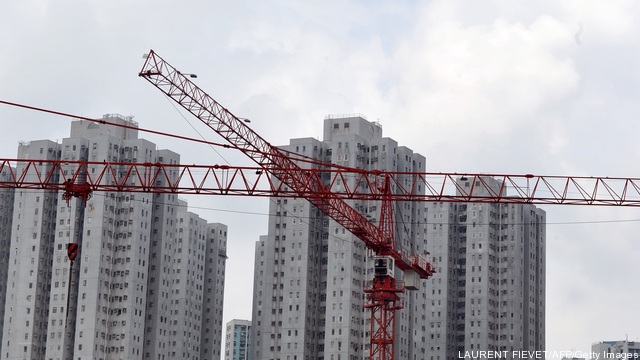
European wind companies have played a major role in the development of the US wind energy sector, even as shadows loom over the industry and the global economy.
Vestas, the world’s largest turbine manufacturer, clearly has high hopes for its US business, with a market share of 18.7% and room for growth. In recent years Vestas had invested in two blade factories, a nacelle facility and a tower facility in Colorado. It also has R&D hubs in Texas, Massachusetts and Colorado. Keep reading →









